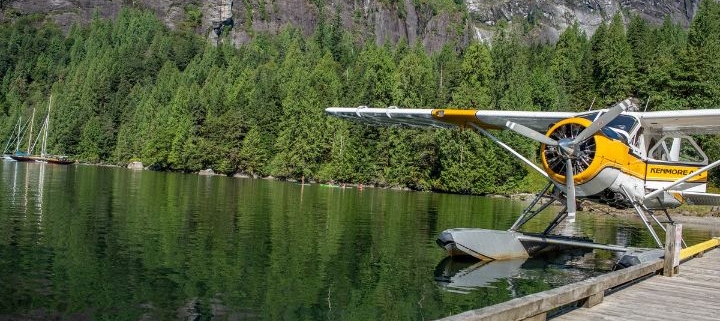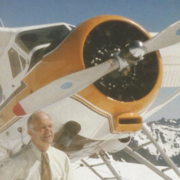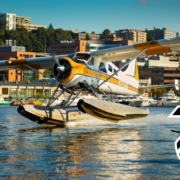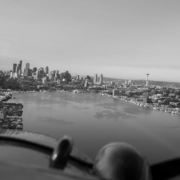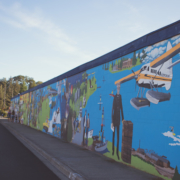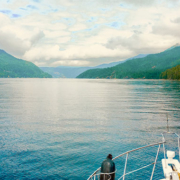The Origins of the de Havilland Beaver
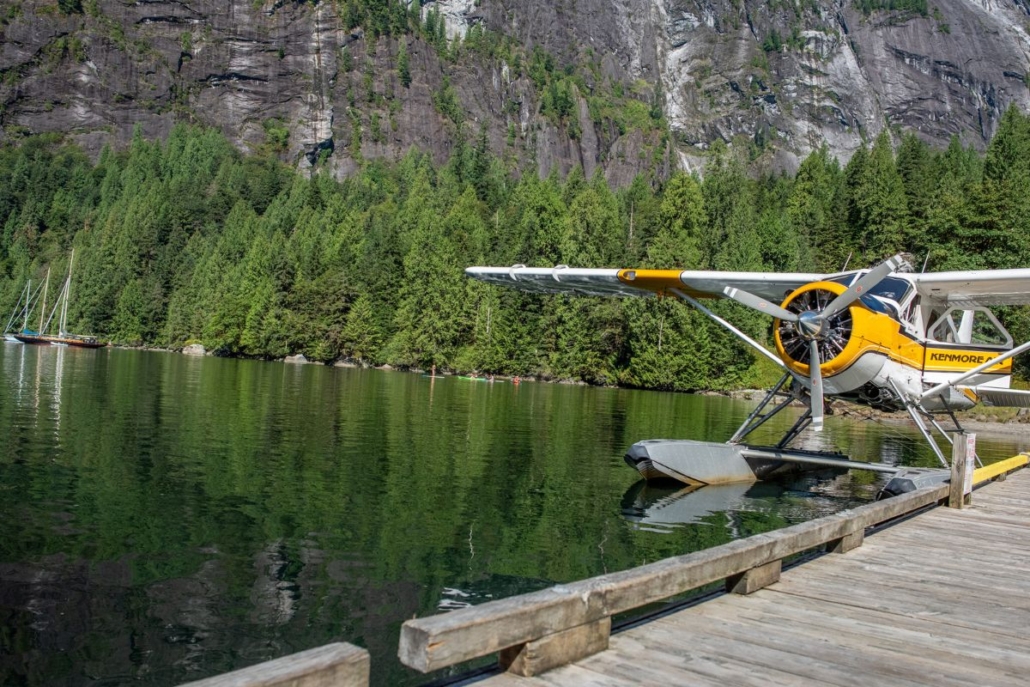
Known to some as the Harley Davidson of the sky, the de Havilland Beaver’s squat-nosed appearance has a rugged handsomeness.
With its pug-nosed fuselage and no-nonsense radial engine, this is a go-anywhere machine. In fact, unlike the majority of fixed-wing aircraft, the Beaver can get out of pretty much any situation it can get itself into.
The preferred choice of nearly all bush pilots, Beavers have been flown to small mountain lakes, glaciers, and remote beaches. They’ve carried torpedoes and delivered parts to stranded boats. They’ve been used as crop dusters, passenger caravans, and sightseeing apparatuses. You think of it, a Beaver can probably do it.
Built A Land-Locked Seaplane
Before this backcountry beauty became a fixture of the sky, it was an idea – a vision forged in the small town of Downsview, Ontario.
From the beginning, the Beaver was intended to operate from the water, a more demanding medium for landing and takeoff than concrete or grass. The plan was so set in the engineers’ eyes they built the original prototype on floats – in a landlocked factory.
The de Havilland Aircraft of Canada’s facility was separated from Lake Ontario by 12 miles of Toronto real estate. It was only a few weeks before its initial flight that the original Beaver traded in its floats for makeshift wheels.
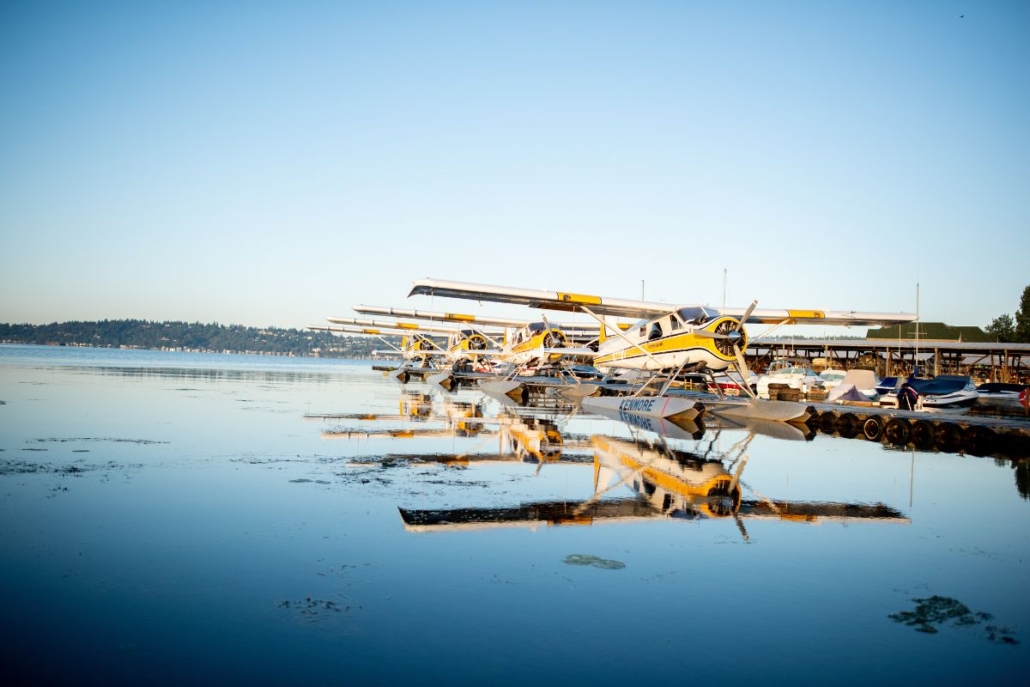
de Havilland Beaver’s Inaugural Flight
August 16, 1947, shortly before 10 AM, Wing Commander Russ Bannock climbed into the Beaver prototype. An experienced pilot, Bannock had flown every kind of aircraft in the Royal Canadian Air Force (RCAF) wartime inventory. However, he was hired as much for his organizational skills as his talents in the cockpit. Bannock wasn’t simply a daredevil willing to try terminal velocities. He was extremely involved with the development of the Beaver, making sure he was present for nearly every important engineering decision.
When Bannock climbed into the pilot’s seat for his initial flight, he wasn’t just wearing the same RCAF sunglasses and blue-grey flight suit from his days inside a Mosquito. His pockets were filled with calculated maps, pencils, and paper for capturing details. As testing and development progressed, Bannock remained involved, providing valuable insight.
Three-Wheeled Dolly Take-Offs
Eventually, the Beaver prototype was moved back to floats despite its landlocked location. As a workaround, test flights from the factory were conducted using a three-wheeled (and eventually four-wheeled) dolly.
The initial sales were slow. But Bannock, serving as a test pilot, salesman, and eventually de Havilland president, used the best sales pitch he could – the Beaver itself. Taking the bush plane to Fairbanks and Anchorage, Bannock braved some of the most hazardous places in the world to fly prior to the advent of radar-assisted landing systems.
He also allowed potential customers to get a first-hand feel for just what the Beaver could do. Any pilot who flew it was sold. And thus, a landlocked seaplane became one of the most beloved members of the sky.
Designed for Hauling
The de Havilland Beaver is a single-engine, high-wing, propellor-driven aircraft designed for short take-off and landing (STOL). Historically, it featured a 450-horsepower Pratt & Whitney R-985 Wasp radial engine. In recent years, many operators have upgraded their Beavers to utilize the Pratt and Whitney PT6A-135 turbine engine, giving the bush plane 680 horsepower — making this classic plan an even more capable machine.

